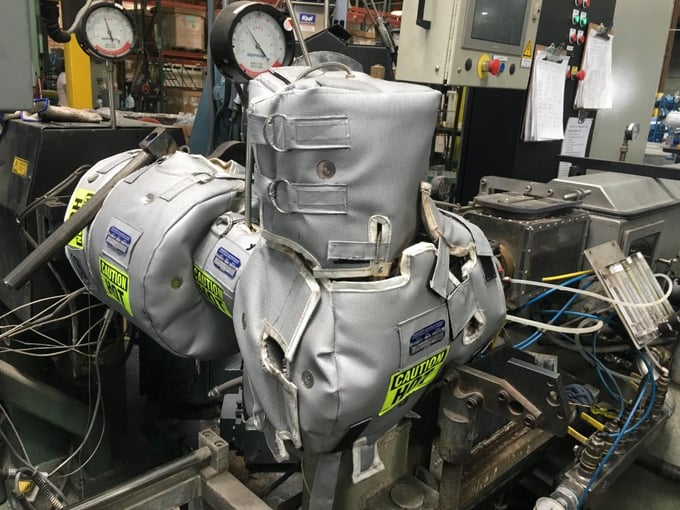Hats Off to the Armstrong IB Trap: 100 Plus Years and Going Strong
August 16, 2017

Since the Armstrong Inverted Bucket (IB) Steam Trap was brought to market in 1911, the energy-saving performance of steam traps applying the inverted bucket engineering principle has been nothing short of legendary. Small wonder, given its many benefits:
- Unbeatable reliability. Because the bucket is open at the bottom, it resists damage from water hammer, with heavily-reinforced wear points for the longest service life of any type of steam trap.
- Proven energy conservation. IB steam traps open and close based on the difference in density between condensate and steam (the IB principle), which means they open and close gently to minimize wear. In fact, as an Armstrong IB bucket trap gradually wears, its tight seal actually improves, continuing to operate efficiently and conserve energy.
- Dependable operation. The inverted bucket features only two moving parts — the valve lever assembly and the bucket — meaning no fixed points, no complicated linkage, and nothing to stick, bind, or clog.
- Venting of air and CO2. The inverted bucket provides continuous automatic air and CO2 venting with no cooling lag or threat of air binding.
- Excellent operation against back pressure. Back pressure has no adverse effect on inverted bucket operation other than to reduce its capacity by the low differential. The bucket simply requires less force to pull the valve open and cycle the trap.
- Freedom from dirt problems. The valve and seat are at the top of the trap, far away from larger particles of dirt, which fall to the bottom. The up-and-down action of the bucket pulverizes them and, since the valve of an inverted bucket is either fully closed or open, dirt particles pass freely. The swift flow of condensate from under the bucket's edge creates a unique self-scrubbing action that sweeps dirt out of the trap.






